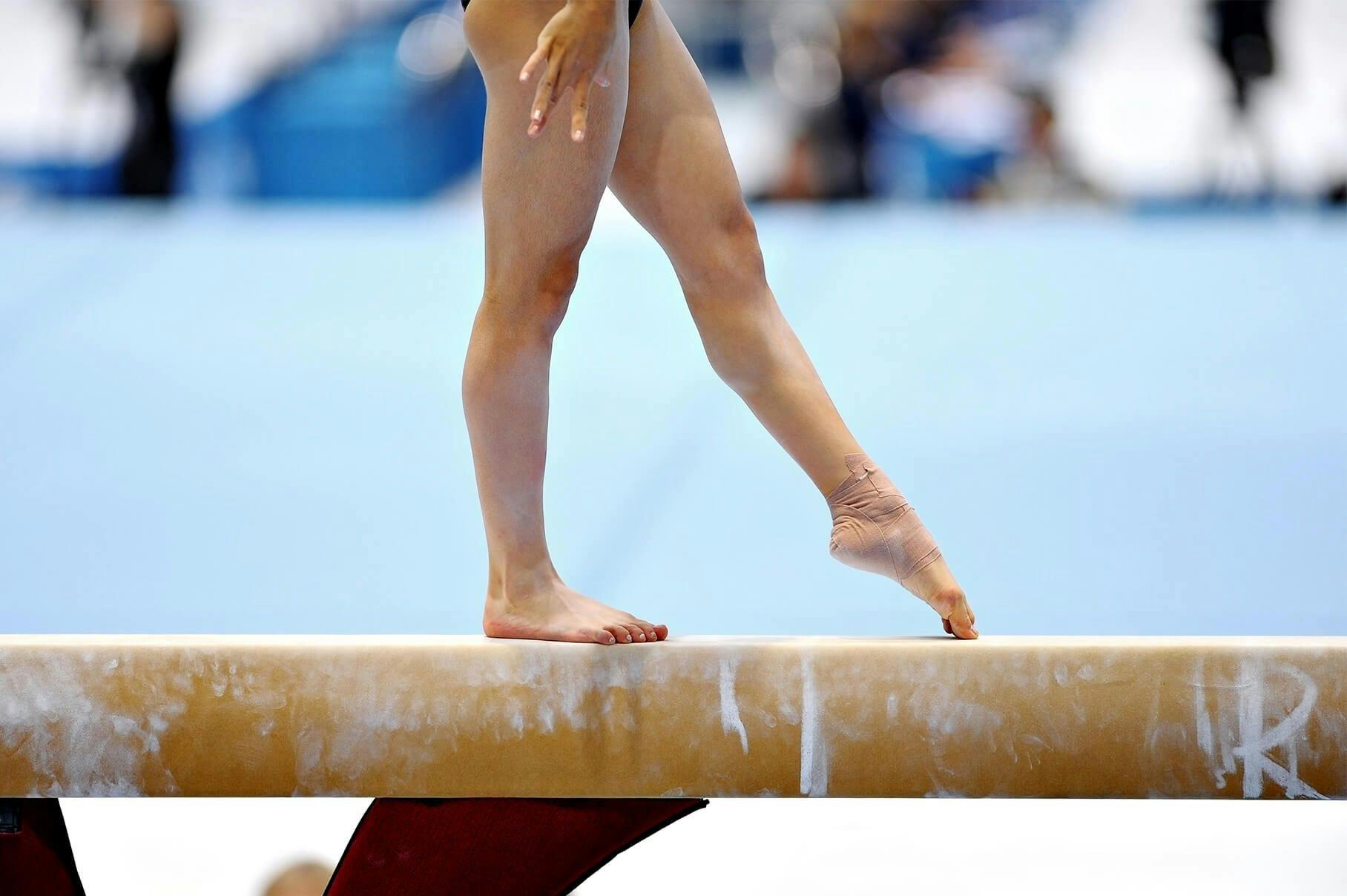On an individual level, physiological balance is an essential piece of the performance puzzle. For every push, you need a pull.
Streaks are inevitable in sports. It’s part of the appeal as a fan, seeing momentum swing from one team to another. On a micro level, this plays out on a game by game basis. But it also plays out throughout the course of a season, both physically and mentally.
The emotional aspects of balance are obvious. Seasons are long, a lot can happen. Everyone strives for consistency, but we all succumb to human nature and external elements beyond our control. The best teams strive for a culture of equilibrium — never allowing themselves to get too high or too low throughout the course of a season.
Over the past couple of decades, our view of athleticism has evolved. Raw power alone is no longer the ideal. Now, we marvel at athletes who achieve the optimal blend of strength and flexibility. Maintaining finesse is no longer a backhanded compliment, we recognize the value in being able to elegantly maneuver through dynamic situations — think about how Steph Curry operates at point guard for the Golden State Warriors as opposed to the bully ball days of a Tim Hardaway. These types of modern day athletes who dominate sports today have not emerged by mistake, but are the result of deliberate training to achieve elite level status. There’s nuance to achieving this balance, fine tuning small muscles, keeping your hips forward and body aligned as you zig-zag through crowded space. Beyond the performative advantages of balance, there is more awareness to achieving longevity for a career.
Professional teams are investing millions of dollars in their athletes, so they want to ensure they are doing everything in their power to prevent injury. We are in the age of analytics and data. It’s now rare to find a professional franchise in any major sport that does not invest heavily in a performance team as well as a dedicated data and analytics department.
Technology has come to the forefront of helping us objectively define balance. For example, FIGUR8 technology is now providing tremendous value to the sports landscape at all levels, bringing objectivity to quantifying human movement in an accessible manner. Previously, the analysis provided by FIGUR8 was only able to be defined by feel or through overly cumbersome technology. Now, we can gain valuable insights into the biomechanics of an athlete, and quickly identify any potential muscular imbalances. This info then informs training to ensure imbalances are corrected rather than exacerbated. This not only helps improve individual performance, but has much larger long-term implications. Players are smarter today than ever before. They understand the value of their body, and the long-term implications of being able to compete later into their lives. These athletes are embracing technology that provides them with invaluable insights into their most valuable asset: their bodies.
In sports, you never want to waste time worrying about things outside of your control. You will always go through periods of highs and lows. One of the best ways to stay balanced is to maintain a level of objectivity through it all.

![[object Object]](https://images.prismic.io/figur8tech/65c1fe68615e73009ec452b2_MuscularImbalance.jpg?auto=format,compress)